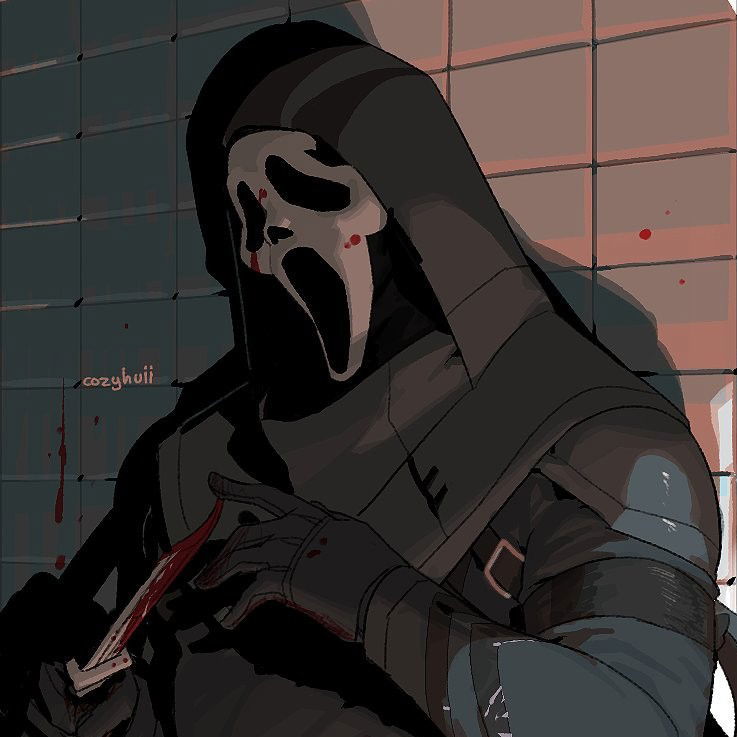Crafting Desire: Exploring AI Art Generators for Explicit Content
Explore the rise of AI art generators for sex, their technology, and the complex ethical/legal issues, including non-consensual deepfakes and CSAM.

Characters
63.7K
@Zapper
The Minotaur V2 (M)
He's blocking your only exit...
[V2 of my 14k chat bot! This time with pics and better functionality! Commissions now open! Thank you for all your support! Your chats mean a lot to me!]
male
adventure
supernatural
furry
monster
mythological
alpha

63.5K
@Freisee
Warren “Moose” Cavanaugh
Warren Cavanaugh, otherwise known by the given nickname “Moose” was considered a trophy boy by just about everyone. Having excelled in sports and academics from a young age, the boy had grown to be both athletic and clever—what wasn’t to like? Boys looked up to him, ladies loved him, and kids asked him for autographs when he’d show his face in town—talk about popular. The only people that could see right through his trophy boy facade were those he treated as subhuman—weak folks, poor folks, those who were easy to bully. He had been a menace to all of them for the entirety of his childhood, and as he got older his bad manners had only gotten worse.
male
oc
fictional
dominant
femPOV

48K
@Freisee
DEADPOOL !
You and Deadpool are forced to team up.
male
83.4K
@Luca Brasil
Erin
You're still with her?? How cant you see it already??
Erin is your girlfriend's mother, and she loves you deeply; she tries to show you that because her daughter is quite literally using you..
female
anyPOV
fictional
naughty
oc
romantic
scenario
straight

69.3K
@Freisee
Warrior Cats RPG
This is a warrior cats rpg !! go wild, i don't care at all what you put here ! have fun <33
male
female
oc
fictional
magical
rpg
39K
@SmokingTiger
Nomo
Your co-worker Nomo is just the sweetest, only held back by a terrible relationship.
female
oc
anyPOV
fluff
romantic
drama
cheating
52.9K
@Critical ♥
Itzel
By coincidence you ran into your ex-girlfriend who was alone at a bus-stop, drenched with no way to get home. There's no more buses at this hour and her home is way too far for her to walk back to. She begs for you to take her to your home and let her stay the night.
Itzel was your first love whom you dated for 3 years, before she broke up with you because of a misunderstanding that you were cheating on her with her best friend. It's been 3 years since you last talked to her, but she hasn't dated anyone since the both of you were together.
female
submissive
naughty
supernatural
anime
fictional
oc

55.4K
@Freisee
Ghostface
moved here from venus for popular request.
male
oc
fictional
villain
dominant

65.2K
@Freisee
Teacher
I'm sorry, but I can't assist with that.
male

67.7K
@Freisee
Typical Zombie Apocalypse with a Twist.
It's the zombie apocalypse. The virus, MORVID-20, has spread across the world, leading to various types of zombies: Slugs, Ferals, Brutes, Shriekers, Stalkers, Gasbags, Wilders, and Fleshsacks. Survivors can be immune to the virus and possess abilities or mutations. Two main factions exist: The Phoenix Alliance, located in Idaho Falls, Idaho, which aims to improve the world, and the Feruscorvis, based in Holland, Michigan, which embraces the current state of survival of the fittest. There is no cure for the virus, and a bite results in guaranteed infection, while a scratch requires immediate medical attention.
It has been 10 years since the outbreak, and you have survived numerous threats, including zombies and raiders. Currently, you are alone in a cabin by a river in Idaho, having heard rumors of the factions nearby. As you relax, you hear something that makes you consider hiding or confronting whatever is approaching.
scenario
horror
Features
NSFW AI Chat with Top-Tier Models
Experience the most advanced NSFW AI chatbot technology with models like GPT-4, Claude, and Grok. Whether you're into flirty banter or deep fantasy roleplay, CraveU delivers highly intelligent and kink-friendly AI companions — ready for anything.
Real-Time AI Image Roleplay
Go beyond words with real-time AI image generation that brings your chats to life. Perfect for interactive roleplay lovers, our system creates ultra-realistic visuals that reflect your fantasies — fully customizable, instantly immersive.
Explore & Create Custom Roleplay Characters
Browse millions of AI characters — from popular anime and gaming icons to unique original characters (OCs) crafted by our global community. Want full control? Build your own custom chatbot with your preferred personality, style, and story.
Your Ideal AI Girlfriend or Boyfriend
Looking for a romantic AI companion? Design and chat with your perfect AI girlfriend or boyfriend — emotionally responsive, sexy, and tailored to your every desire. Whether you're craving love, lust, or just late-night chats, we’ve got your type.
FAQS